Unlock Their Genius: The Ultimate Guide to Interactive Dog Puzzle Toys for Small Breeds
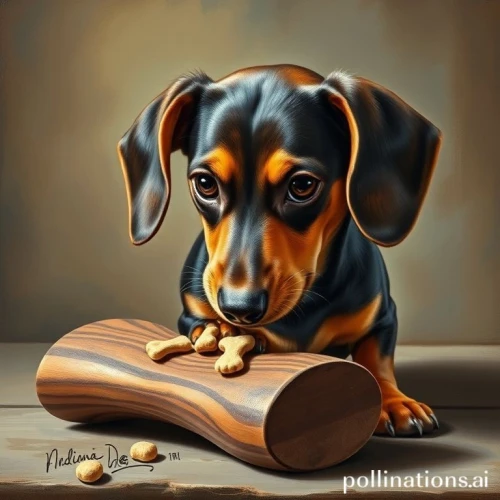
Enriching your dog's life goes beyond providing food, shelter, and walks. A crucial aspect often overlooked is mental stimulation, especially for our clever, compact companions. Small dogs, with their boundless energy and curious nature, need engaging activities to keep them happy, healthy, and out of mischief. This comprehensive guide explores the world of interactive dog puzzle toys for small dogs, focusing on their profound benefits for cognitive stimulation, boredom reduction, and improving your canine companion's overall mental health and well-being. We'll dive deep into specific toy types, brand comparisons, and how these ingenious devices can transform your dog's daily life.
Interactive Dog Puzzle Toys for Small Dogs: Unleashing Mental Agility
Small dogs are often underestimated in their need for mental engagement. While their physical exercise requirements might be lower than larger breeds, their minds are just as active, if not more so. Interactive puzzle toys are perfectly designed to challenge their intelligence and keep them entertained for extended periods. These toys aren't just for fun; they tap into a dog's natural instincts to forage, hunt, and solve problems. The act of working for a reward—be it a treat, kibble, or even their favorite toy—provides a deep sense of accomplishment and satisfaction, mimicking natural behaviors that are often suppressed in domestic environments.
Choosing the right puzzle toy for your small dog depends on their size, breed temperament, and prior experience level. Start with simpler toys that introduce basic problem-solving skills, like a basic treat-dispensing ball, and gradually increase the difficulty as your dog masters each challenge. Always look for toys made of durable, non-toxic materials that can withstand enthusiastic play and prevent accidental ingestion of small parts, a particular concern for smaller mouths. Consider toys that offer a variety of challenges to prevent boredom and maintain your dog's interest over time.
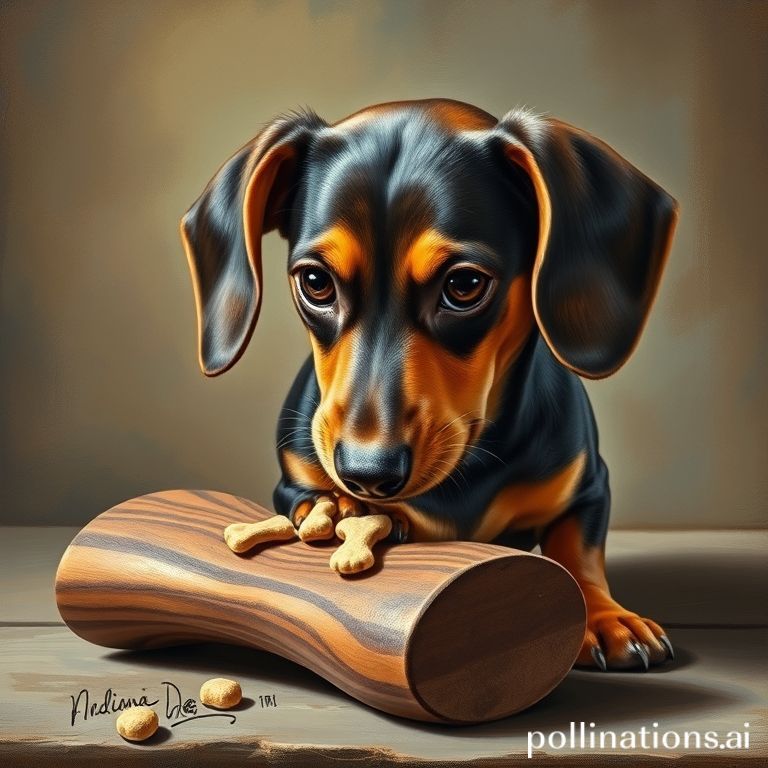
Choosing the Right Puzzle Toy for Your Small Dog
When selecting an interactive dog puzzle toy for small dogs, several factors should guide your decision to ensure safety, effectiveness, and sustained interest:
- Size and Durability: Ensure the toy is appropriately sized for your dog's mouth and jaw strength. Small dogs need toys that aren't too large to manipulate but also don't have pieces small enough to be a choking hazard. Materials like hard rubber, durable plastics, or sturdy wood are often ideal.
- Difficulty Level: Most puzzle toys come with a difficulty rating. Begin with Level 1 or 2 for beginners and gradually advance. Observing your dog's engagement and frustration levels will help you determine the right pace.
- Cleaning and Maintenance: Toys that dispense food can get sticky or dirty. Opt for designs that are easy to disassemble and clean, preferably dishwasher-safe, to maintain hygiene.
- Engagement Mechanism: Consider how the toy engages your dog. Does it require pawing, nudging, lifting, or sniffing? A variety of mechanisms can keep things interesting.
- Safety Features: Check for non-toxic materials, secure treat compartments, and absence of sharp edges or easily detachable small parts.
Top Interactive Dog Puzzle Toy Brands for Small Breeds: A Data-Driven Comparison
To help you make an informed decision, here's a comparison of popular interactive dog puzzle toy brands, highlighting their unique features and suitable treat pairings. Please note that the treat data provided is for illustrative purposes, representing typical small dog treats used with these toys, as the toys themselves do not have nutritional values.
1. KONG Classic Small Dog Toy
- Toy Type/Material: Durable, natural rubber, hollow core for stuffing.
- Difficulty Level: Beginner to Intermediate (can be made harder with frozen fillings).
- Typical Price Range: $8 - $15
- Unique Features: Unpredictable bounce for engaging play, chew-resistant, promotes healthy chewing habits.
- Hypothetical Treat Pairing: KONG Easy Treat Paste or small kibble.
- Example Treat: Small baked dog biscuits (e.g., Zuke's Mini Naturals)
- Protein: ~20%
- Fat: ~8%
- Fiber: ~3%
- Price per pound: ~$12.00/lb
- Key Ingredients: Chicken, potato flour, maple syrup.
- Pros: Extremely durable, versatile for various fillings (wet, dry, frozen), easy to clean, excellent for reducing anxiety and promoting calm chewing.
- Cons: Can be messy with certain fillings, some dogs may lose interest once treats are gone.
2. Outward Hound (Nina Ottosson) Interactive Puzzle Toys (e.g., Dog Smart)
- Toy Type/Material: BPA, PVC, & Phthalate Free composite plastic or durable wood. Features sliding parts, compartments.
- Difficulty Level: Beginner to Advanced (various models available).
- Typical Price Range: $15 - $40
- Unique Features: Multi-step problem-solving, encourages natural foraging instincts, visually engaging designs.
- Hypothetical Treat Pairing: Small, dry, crumbly treats or kibble.
- Example Treat: Small training treats (e.g., Wellness Soft Puppy Bites)
- Protein: ~25%
- Fat: ~10%
- Fiber: ~2%
- Price per pound: ~$15.00/lb
- Key Ingredients: Lamb, salmon, chickpeas.
- Pros: Excellent for cognitive development, wide range of difficulty levels, durable construction, easy to clean.
- Cons: Can be expensive, some designs might be too easy or too hard depending on the dog, requires supervision.
3. Trixie Pet Products (e.g., Activity Flip Board)
- Toy Type/Material: Durable plastic with various compartments, flaps, and cones.
- Difficulty Level: Intermediate to Advanced.
- Typical Price Range: $18 - $35
- Unique Features: Combines multiple puzzle types (lifting, sliding, flipping), non-slip rubber feet.
- Hypothetical Treat Pairing: Small kibble or dried meat pieces.
- Example Treat: Grain-free kibble pieces (e.g., Orijen Small Breed)
- Protein: ~38%
- Fat: ~18%
- Fiber: ~4%
- Price per pound: ~$4.50/lb
- Key Ingredients: Deboned chicken, deboned turkey, whole mackerel.
- Pros: Offers varied challenges, robust construction, good value for the features, stimulates different problem-solving approaches.
- Cons: Some small parts could be dislodged by aggressive chewers, may require initial guidance for the dog.
4. Pet Zone IQ Treat Ball
- Toy Type/Material: Durable, translucent plastic sphere with adjustable treat-dispensing hole.
- Difficulty Level: Beginner to Intermediate.
- Typical Price Range: $10 - $18
- Unique Features: Adjustable difficulty, rolls easily to dispense treats, encourages active play.
- Hypothetical Treat Pairing: Dry kibble or small, hard treats.
- Example Treat: Small, crunchy training treats (e.g., Blue Buffalo Blue Bits)
- Protein: ~18%
- Fat: ~10%
- Fiber: ~5%
- Price per pound: ~$10.00/lb
- Key Ingredients: Whole ground barley, oatmeal, chicken meal.
- Pros: Affordable, easy to use, adjustable challenge, great for encouraging movement and slower eating.
- Cons: Can be noisy on hard floors, not suitable for aggressive chewers, treats can fall out too easily if not adjusted correctly.
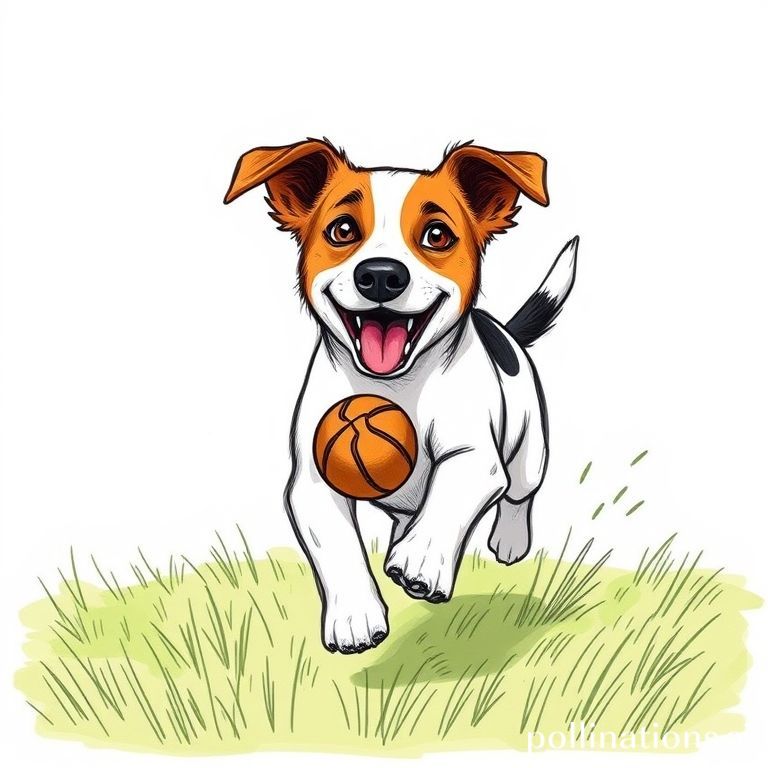
Cognitive Dog Toys for Mental Stimulation: Preventing Boredom and Behavioral Issues
Cognitive enrichment is just as important as physical exercise for dogs. Boredom can be a significant catalyst for a range of undesirable behaviors, including destructive chewing, excessive barking, digging, self-mutilation, and even anxiety. By providing your dog with engaging cognitive dog toys for mental stimulation, you can significantly reduce the likelihood of these problems. These toys stimulate the brain, keeping your dog mentally alert and satisfied, channeling their natural energy into productive activities.
The Science Behind Canine Cognition and Play
Studies have shown that dogs who regularly engage in problem-solving activities exhibit greater cognitive flexibility and are better able to adapt to new situations. Puzzle toys tap into a dog's natural problem-solving abilities, which are rooted in their ancestral need to forage and hunt for food. The dopamine release associated with successfully completing a task reinforces positive behavior and contributes to overall happiness and mental well-being.
Benefits Beyond Behavior
The advantages of mental stimulation extend far beyond preventing destructive behaviors. Cognitive stimulation can also:
- Improve Focus and Concentration: Regular interaction with puzzle toys enhances your dog’s ability to concentrate and focus on tasks, which can also translate to better training responsiveness.
- Enhance Problem-Solving Skills: Puzzle toys train your dog to think creatively and find solutions to challenges, boosting their intellectual capacity.
- Boost Self-Confidence: Successfully completing a puzzle strengthens your dog's self-esteem and sense of accomplishment, making them feel more secure and capable.
- Reduce Stress and Anxiety: Engaging in mentally stimulating activities can provide a positive distraction, helping to calm anxious dogs and reduce stress levels by giving them a constructive outlet for their energy.
- Slow Down Eating: Puzzle feeders can help prevent gulping and promote healthier, slower eating habits, which aids digestion and reduces the risk of bloat, especially beneficial for small dogs prone to quick eating.
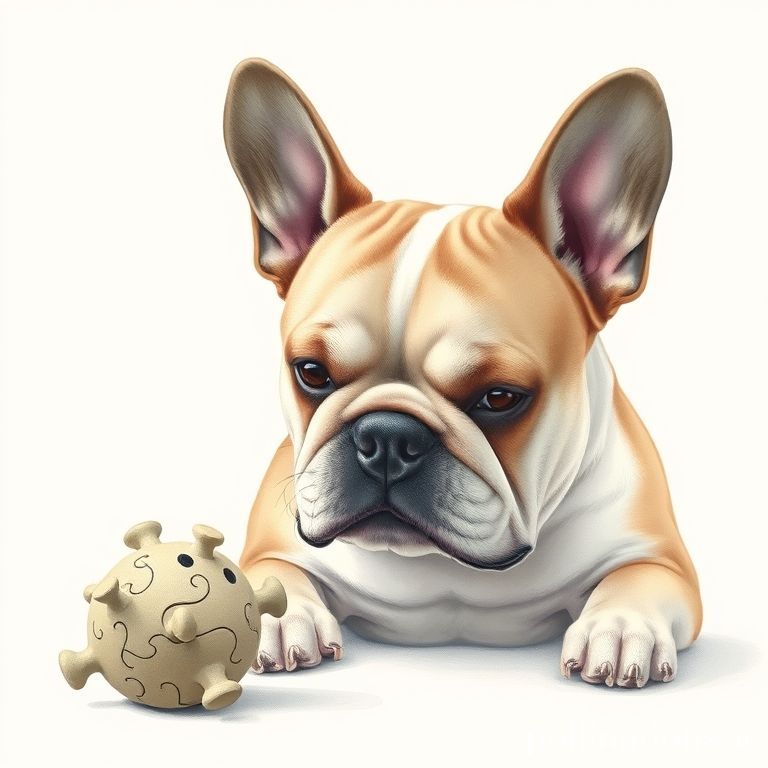
Dog Enrichment Toys for Boredom: A Proactive Approach to Canine Happiness
Proactive enrichment is key to preventing boredom-related issues before they start. Instead of waiting for your dog to exhibit destructive behavior, provide a variety of dog enrichment toys for boredom to keep them mentally and physically engaged throughout the day. This includes not only puzzle toys but also chew toys, interactive games with their human companions, and opportunities for sniffing and exploration, such as snuffle mats or scent work.
The Importance of Toy Rotation and Variety
Remember, variety is vital; introducing new toys and activities regularly helps maintain your dog's interest and prevent boredom from setting in. Consider creating a "toy rotation" system, where you regularly switch out toys to keep things fresh and exciting. This prevents your dog from becoming too familiar with a particular toy and losing interest. By rotating toys, you create a sense of novelty and excitement each time a "new" toy is introduced, maximizing its engagement potential. This approach is especially crucial for puppies and younger dogs who are constantly exploring and learning, but it benefits adult dogs of all ages too.
Beyond Puzzles: A Holistic Approach to Enrichment
While puzzle toys are excellent, a truly enriched environment includes more than just toys. Incorporate regular training sessions, even short ones, to stimulate their minds. Scent games, such as hiding treats around the house for them to find, can be incredibly enriching for small dogs who rely heavily on their sense of smell. Socialization with other well-behaved dogs (if appropriate for your dog's temperament) and varied walking routes also contribute significantly to a dog's mental well-being.
Interactive Toys for Puppies: Early Enrichment for a Well-Adjusted Adult Dog
Introducing interactive toys for puppies early on is crucial for their cognitive and behavioral development. Puppies are naturally curious and playful, and providing them with age-appropriate interactive toys fosters their cognitive development, teaches them independent play, and establishes healthy habits from a young age. Start with simple puzzle toys designed for young dogs, focusing on ease of use and safety, and gradually introduce more complex challenges as they grow and develop their skills.
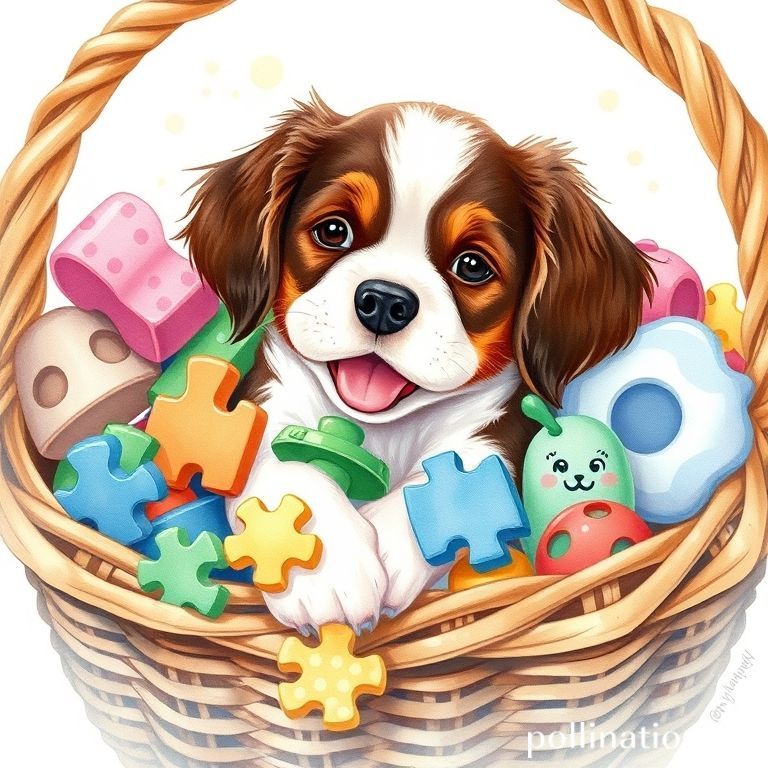
Age-Appropriate Choices for Puppy Development
For puppies, choose softer materials initially that are gentle on developing teeth and gums. Look for toys that can be stuffed with soft treats or wet food, which are easier for puppies to access. As they grow, transition to more durable materials and slightly more complex puzzles. Always prioritize toys labeled specifically for puppies to ensure they meet safety standards for developing animals.
Supervised Play and Safety
Remember to supervise your puppy diligently during playtime, especially with new toys. This ensures they use the toys appropriately, learn how to interact with them, and most importantly, don't ingest any small parts that could become detached. Regular inspection of toys for wear and tear is essential, replacing any damaged toys immediately to prevent choking hazards or injury.
Interactive toys for puppies are particularly beneficial because they:
- Encourage Healthy Chewing Habits: Puppies need to chew to relieve teething pain and stimulate their gums. Providing appropriate chew-resistant puzzle toys can prevent them from redirecting their chewing instincts onto furniture or other unsuitable household items.
- Develop Problem-Solving Skills Early On: Early exposure to puzzle toys helps puppies develop important cognitive skills that will serve them throughout their lives, making them more adaptable and confident.
- Promote Positive Associations with Alone Time: If your puppy learns to associate alone time with an engaging puzzle toy, it can significantly reduce anxiety and separation issues, fostering independence.
- Improve Socialization Skills (with appropriate supervision): While primarily solo activities, some puzzle toys can be introduced in a calm group setting with other puppies, allowing for positive interactions and shared focus.
Mental Health Toys for Dogs: Addressing Underlying Anxiety and Stress
Beyond mere entertainment, mental health toys for dogs can be therapeutic tools to address underlying anxieties and stress. Dogs, especially those prone to nervousness, can benefit immensely from activities that provide a positive outlet for anxious energy and promote a sense of calm. Slow feeders, lick mats, and calming puzzle toys provide a sense of security and comfort while keeping the dog mentally occupied, redirecting their focus from stressors.
Therapeutic Benefits for Anxious Dogs
Licking, in particular, is a self-soothing behavior for dogs. Lick mats, often covered with a spreadable treat like peanut butter or yogurt, can be incredibly effective in calming an anxious dog by releasing endorphins. Similarly, puzzle toys that require focused, sustained effort can serve as a mental anchor, helping to ground an overstimulated or stressed dog. These tools offer a positive outlet for anxious energy, fostering a sense of calm and well-being, especially during stressful events like thunderstorms, fireworks, or separation.
When to Seek Professional Guidance
Remember to consult with a veterinarian or certified dog behaviorist if you suspect your dog has significant anxiety issues or chronic behavioral problems. While mental health toys are excellent supplementary tools, they are not a substitute for professional diagnosis and treatment. A professional can offer additional guidance, behavioral modification strategies, and recommend appropriate treatment strategies, which may include medication in severe cases.
The key to success with mental health toys lies in creating a calm and supportive environment. Make the toy-playing experience positive and rewarding, avoiding pressure or frustration. If your dog struggles with a particular toy, don't force them to use it; try a different one or offer a simpler alternative. The goal is to provide a positive and enriching experience, fostering a sense of calm and confidence, not adding to their stress.
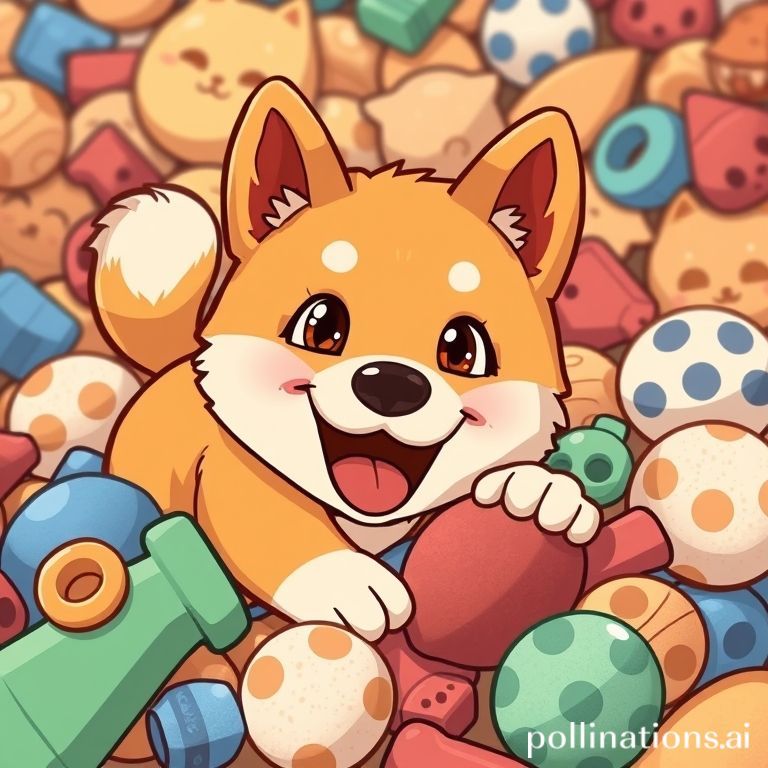
Conclusion
Interactive dog puzzle toys are more than just playthings; they are essential tools for enhancing the physical and mental well-being of small dogs and puppies. From unleashing their natural foraging instincts to reducing anxiety and preventing destructive behaviors, these toys offer a wealth of benefits. By carefully selecting age-appropriate, durable, and engaging puzzles, and incorporating them into a varied enrichment routine, you contribute significantly to your dog's happiness and overall health. Embrace the power of mental stimulation, and you'll be rewarded with a happier, healthier, and more well-adjusted canine companion who thrives on challenge and engagement. Invest in their minds, and watch them flourish!
Frequently Asked Questions (FAQ)
How often should I use puzzle toys with my small dog?
The frequency depends on your dog's individual needs, energy levels, and how quickly they solve puzzles. For most small dogs, incorporating a puzzle toy into their daily routine for 15-30 minutes, once or twice a day, is ideal. This could be during meal times using a puzzle feeder, or during periods when you need them to be independently occupied, such as when you're working or leaving the house for a short period. Avoid leaving the same puzzle toy out all day, as this can lead to boredom and reduced interest. Instead, rotate toys and offer them for specific, engaging sessions.
Are all puzzle toys safe for small dogs?
No, not all puzzle toys are universally safe for small dogs. The primary concerns are choking hazards from small or detachable parts, and durability against aggressive chewing. Always choose toys specifically designed and sized for small breeds. Check for non-toxic materials and robust construction. Supervise your dog, especially with new toys, to ensure they interact with them safely. Inspect toys regularly for wear and tear, and discard any damaged toys immediately to prevent ingestion of broken pieces.
How do I clean interactive dog puzzle toys?
Cleaning instructions vary by toy and material. For most plastic or hard rubber puzzle toys, a thorough wash with warm, soapy water (using pet-safe dish soap) is sufficient. Rinse thoroughly to remove all soap residue. Many plastic puzzle toys are also top-rack dishwasher safe, which offers convenience. Wooden puzzles should generally be wiped clean with a damp cloth and air-dried completely to prevent warping or mold. Always consult the manufacturer's cleaning instructions, especially for toys with complex mechanisms or electronic components, to ensure proper maintenance and longevity.
Can puzzle toys help with separation anxiety?
Yes, puzzle toys can be a valuable tool in managing mild to moderate separation anxiety, but they are not a cure-all. For dogs with separation anxiety, a highly engaging puzzle toy filled with a high-value treat can serve as a positive distraction during your departure and for the initial period you are away. This helps create a positive association with your absence. The mental effort required to solve the puzzle can also help redirect anxious energy. However, for severe separation anxiety, puzzle toys should be part of a broader treatment plan developed with a veterinarian or certified dog behaviorist, which may include behavioral modification and potentially medication.
What's the difference between a puzzle toy and a chew toy?
While some puzzle toys can be chewed on, their primary purpose and design differ significantly from dedicated chew toys. A puzzle toy's main function is to engage a dog's mind, requiring problem-solving skills to access a reward. They often have compartments, sliders, or intricate designs. A chew toy, conversely, is designed primarily for a dog to gnaw on for extended periods, satisfying their natural urge to chew, promoting dental health, and providing stress relief through physical oral engagement. While some durable puzzle toys can withstand light chewing, they are not typically meant for prolonged, intense chewing sessions like a KONG Extreme or a Nylabone, and aggressive chewers can quickly destroy them if left unsupervised.

 By
By
I always thought puzzle toys were just for big, active breeds and a bit of an unnecessary expense for my tiny Maltese. This article completely changed my perspective! The mental health benefits and boredom reduction are clearly worth the investment. Wish I'd read this sooner.